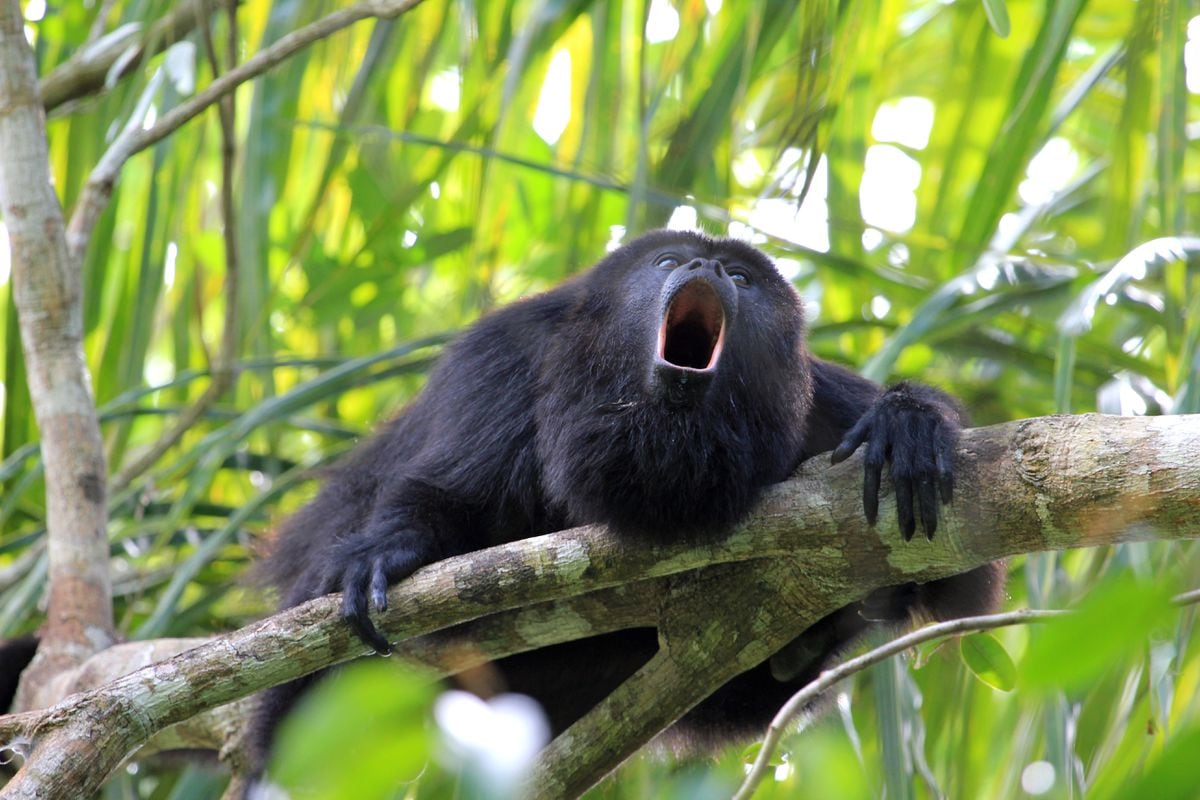EL PAÍS offers the América Futura section openly for its daily and global informative contribution on sustainable development.
If you want to support our journalism, subscribe
here
.
What will happen to land mammals in Mexico if the global temperature rises?
Should they migrate, taking into account that cities and agriculture are eating the soils where they live?
Will large or smaller animals have a better chance of surviving?
And what will happen if certain species cease to exist?
These are just some of the questions that a team of Latin American researchers asked themselves about the 463 species of terrestrial mammals that live in Mexico and that led them to create, for the first time, a risk index to understand what can happen in the face of change climate.
Led by Dr. Carolina Ureta, a biologist from the Institute of Atmospheric Sciences and Climate Change of the National Autonomous University of Mexico (UNAM), the group built a formula to measure and relate the different threats suffered by these mammals.
“Part of the work involved taking the concept of risk being used by the Intergovernmental Panel on Climate Change (IPCC) – a group of international scientists that gathers and analyzes the most up-to-date knowledge on global warming – and applying it to biology,” he says. .
The words climate scientists use are never arbitrary.
The risk, in this case, is understood as the sum of the vulnerability, the exposure and the danger that exists in the face of climate change.
And within these three concepts, in addition, calculations are also included such as how much capacity each species has to adapt, if they are very sensitive to changes and if the forests they inhabit are being transformed.
This is a recipe that allows them to model the possible futures of each terrestrial mammal and compare which animal could be most affected.
Among the species with a higher risk index, for example, they classified the Yucatan howler monkey (
Alouatta pigra
) and the mantled howler monkey (
Alouatta palliata
).
"In Mexico only three monkeys are distributed and two came out with a high risk value," says Ángela Cuervo, biologist from the National Commission for the Knowledge and Use of Biodiversity (Conabio) and co-author of the research that was published in the magazine
Global Change Biology
.
"It is worrying because they are animals that are mainly at the top of the forest and play a fundamental role in seed dispersal."
In fact, these monkeys are listed as an "endangered" and "vulnerable" species, respectively, on the International Union for Conservation of Nature (IUCN) Red List of Threatened Species.
In addition to the two primates, the index placed three other terrestrial mammal species among those at highest risk: the southeastern sac bat (
Balantiopteryx io
), the water fox (
Chironectes minimus
), and the Central American woolly possum (
Caluromys derbianus
).
The bigger the size, the higher the risk.
Usually, explains Ureta, the diversity of animals is evaluated in species.
But limiting yourself to this can leave blind spots.
Knowing the impact of climate change on functional groups of species – that is, on mammals that play a similar role in the ecosystem – also sheds light on how a domino effect can be generated if one is missing.
If pollinators, such as bats, cease to exist, plants also disappear.
And without plants, herbivores like deer will have a hard time finding what to eat.
In addition to that many of the crops to feed us would be lost.
For this reason, the scientists also constructed risk indexes based on the functional groups and the sizes of the mammals, among other factors.
“The work of mammalian expert Víctor Sánchez Cordero, a researcher at the UNAM Institute of Biology, who already had these classifications clear, was key,” adds the Mexican.
The index revealed that land mammals weighing more than 15 kilograms are more at risk from climate change than smaller ones.
"Species belonging to this body size category usually require large habitat areas suitable for their territorial behavior and their hunting needs, which poses great current and future conservation challenges in Mexico," the research concludes.
As for the animals with roles that could be most affected by global warming, the index gives several warnings.
Mammals that eat ants and termites, as well as those that feed on fish, are poorly represented.
If they cease to exist, it is more difficult for another species to replace their role.
In addition, animal species that eat insects under trees, feed on tall bushes, and on seeds and fruits had a higher risk index.
As Cuervo points out, "thinking about the ecological role of each species is very important, because each change is an imbalance in the ecosystem."
The idea of the researchers is that this index, “
made in Mexico
”, will help the country make better conservation decisions.

